There is a stigma attached to retirement homes. More often than not, the mere mention of them invokes dreary images of grey walls, small creaky beds and nursing staff.
Raphael Yap, managing director of Gracious Homes Sdn Bhd, is well aware of this perception, particularly in Asia. “People don’t want to go to retirement homes. You’re there only because you have no choice but our goal here is to create a place everyone desires to go,” he says.  Yap is referring to the 138-acre The Green Leaf Retirement Resort Community coming up next to Sepang Gold Coast in Sepang, Selangor, offering views of the Straits of Malacca and Sepang River. Calling it a self-sustaining and self-contained activity-based destination resort and residences for the elderly, Yap says the concept is new to this part of the world.
Yap is referring to the 138-acre The Green Leaf Retirement Resort Community coming up next to Sepang Gold Coast in Sepang, Selangor, offering views of the Straits of Malacca and Sepang River. Calling it a self-sustaining and self-contained activity-based destination resort and residences for the elderly, Yap says the concept is new to this part of the world.
The emergency service-ready Green Leaf will comprise 12 blocks of apartments, of which two will be operated as serviced suites for lease and the remaining as residences. Each block has 140 units, amounting to a total of 1,680 units.  At the entrance of the project is the Village Square, which houses the reception building and banquet hall leading into a mall consisting of retail shops and F&B outlets with a total floor space of about 86,111 sq ft. There is also the Activity Club where residents and guests can gather for social meetings and activities. A spa and healing centre, as well as a marina, are being planned.
At the entrance of the project is the Village Square, which houses the reception building and banquet hall leading into a mall consisting of retail shops and F&B outlets with a total floor space of about 86,111 sq ft. There is also the Activity Club where residents and guests can gather for social meetings and activities. A spa and healing centre, as well as a marina, are being planned.
The ageing-in-place retirement resort is designed to address the changing wants and needs — be they physical or social–psychological — of seniors to ensure the quality of life during the different stages of retirement. “It is a concept that goes further than what you see in countries such as the US and Australia. The model you see there evolved from their society, set-up and network, which is not really suitable for us,” says Yap.
He notes that retirement has three stages — independent living, assisted living and nursing. The most overlooked stage is assisted living when a person no longer has the mobility he used to. “In developed countries such as Australia, the government provides resources and assistance to the elderly and non-governmental organisations are active. An example is the Salvation Army, which offers meals-on-wheels programmes. We don’t have such things in Malaysia and the assisted living stage can last for 20 to 30 years. You not only lose your quality of life but also become a burden to the caregiver,” says Yap.
He says retirement homes are made up of both hardware and software components and that most retirement homes in developed countries are hardware intensive, meaning they focus on the physical aspects of the individuals and the facilities. “The software is what goes into looking after them and what we aim to do is empower seniors to age with grace and dignity within a supportive community. What we are offering is holistic retirement.”
Like a resort, Green Leaf offers a full range of services, from spa treatments to tai chi lessons. The idea is for residents to keep the body and mind active by living a full life, and this goes for the caregivers and families as well. “We want this to be a fun place that even the children would love,” says Yap.
“Being activity-based means you pay as you use. If it’s facility-based, it can be costly like a golf course, you pay whether you use it or not. In fact, the cost of living in Green Leaf will be no different than the cost of living in an apartment in the city.”
The retirement resort provides professional-assisted living and low-care nursing if the services are required. While it does not have a hospital within its premises, Green Leaf has a 24-hour medical centre with in-house ambulances and an emergency response system.
“For seniors, a hospital is not the most important thing. When you get a heart attack, no matter how close the hospital is, it’s still too far away. What you need is to be stabilised within the next 10 minutes and that’s what we provide. Our medical centre is not a hospital but an emergency response clinic, and it will be run by an international agency. We are still in the midst of finalising our arrangement,” says Yap.
Green Leaf will be developed in three phases. Phase 1 will consist of two blocks of serviced suites, two blocks of retirement residences, the 24-hour medical centre, the Village Square and the Activity club. The entire project has an estimated gross development value (GDV) of RM1.8 billion while Phase 1 has a GDV of RM600 million. Gracious Homes expects to start construction by January 2013 and Phase 1 is to be completed within three years.
Yap is looking for institutional investors to take up the two blocks of serviced suites while the retirement residences will be sold to individuals. The fully furnished apartments are 1,040 to 1,800 sq ft in size and cost RM980,000 to RM2.68 million per unit. Each block has 140 two to four-bedroom units.
“We will be managing the resort and we will retain the retail units and banquet hall as investment assets. The money we make from rents will go to maintaining the place,” stresses Yap, adding that the maintenance fee of 40 sen psf is on a par with high-end developments in town.
Gracious Homes is teaming up with Australia-based Optimum Retirement Services (ORS) and Village Care to set up and manage the retirement resort. ORS specialises in custom-suited operational and workflow solutions for retirement villages and has provided consultation to over 70 properties in Australia and overseas. Village Care is one of Australia’s leading independent experts in retirement living, managing over 30 retirement villages in the country. Gracious Homes is also working with Perpetual Trustee Bhd, Assunta Hospital and Knight Frank Malaysia. Lend Lease Malaysia is the project manager of Green Leaf.
Investment opportunities
Real estate investment remains very popular in Malaysia but the idea of investing in a retirement resort may raise eyebrows. It’s a fact that Yap openly acknowledges as not only is the concept completely foreign, our very culture poses a hindrance.
“People here don’t think about or plan for their twilight years, unlike people in Australia or the UK. One of our challenges is after explaining the concept and convincing them that they need a place like this, their children object. In our society, children who send their parents to retirement homes are considered unfilial. I don’t blame them because they would not have seen a retirement home like ours,” says Yap.
Green Leaf offers two ownership packages — the leaseback scheme or the Care-for-Life Trust Programme. Under the leaseback scheme, the owner gets a 3+3 years contract at a return of 7% net per annum for the first three years and 8% net per annum for the next three.
“Those who take up the Care-for-Life Trust Programme will have their property placed in the trust, which will take instructions from them on what to do with the property after their demise or if they are incapacitated. Owners under either one of the programmes can convert to the other at any time,” explains Yap.
He firmly believes there is a strong demand for and negligible supply of a product like Green Leaf, particularly in its target market — the affluent local and international retirees — which Yap calls the “silent middle class”. He defines this group as people who have had successful professional careers with accumulated resources and are self-sufficient.
“Their children are mostly well educated and like them, independent and busy with their own lives. They are also used to a certain standard of living. It is often assumed that this group of retirees will be able to take care of themselves. The government takes care of the low-income group and the super rich can take care of themselves, but the middle class are often overlooked,” reasons Yap. 
From the international pool, Yap is targeting retirees from Singapore, Japan, Australia and the UK. Of the four, Yap believes Singapore has the potential to be Green Leaf’s strongest market due to its geographical proximity and familiarity, not to mention the high number of Malaysians living there.
He cites a study by DTZ Nawawi Tie Leung that estimates Singapore has about 100,000 affluent retirees, classified as aged 65 and above with a minimum annual household income (HHI) of S$120,000 (RM298,350).
“Singapore is facing increasing costs of living and property, and the currency exchange rate works in its favour, not to mention that there is no comparable alternative there,” says Yap. The same study puts the estimated number of affluent retirees in Australia and the UK at 2.3 million and 1.9 million respectively. Yap notes that according to a Jones Lang LaSalle study in 2008, Australia has a mature retirement market with over 1,700 retirement villages, which run at over 93% occupancy nationwide. This suggests that it is a market that understands the value of the retirement concept.
The British are already familiar with Malaysia as a tourist and residential destination, and like Singapore, it is facing increasing costs of living and property. Australia and the UK share a similar legal framework and real estate ownership rules with Malaysia, and their currencies have a favourable exchange rate to the ringgit.
The other market with strong potential is Japan, which has one of the largest and most affluent ageing populations globally. Yap says, in 2007, the number of retirees in Japan stood at seven million, 20% of whom are seeking a second home outside of Japan. According to an annual survey by the Japanese Long-Stay Foundation, Malaysia has been the top long-stay destination for the Japanese since 2009. “If you look at the numbers, there is a huge untapped market and I’m only selling a few hundred units,” says Yap.
Medical and access tourism
The number of affluent retirees also opens up a market for access tourism, a much-overlooked market in Malaysia. Yap believes access tourism can bring in people for Green Leaf’s leasing and hotel businesses.
“You have a lot of seniors with money who love to travel but can’t because of some medical condition or physical disability. We are disabled friendly. We have the facilities and atmosphere of a resort and the medical support, even for those on dialysis treatment. GLRR is ideal for access tourism,” says Yap.
Green Leaf is specifically designed to comply with disability codes such as the American Disability Act, AS 1428 (Australian Standards) and MS 1331 (Malaysian Accessibility Codes). Yap notes that people with disability travel with friends and family, which doubles the market. In the US, Yap says out of the 54 million Americans with disabilities, 39 million are potential and actual travellers. And a Deloitte study in 2000 shows that 70% of Europeans with disabilities have the means to travel.
“There are an estimated combined 20 million disabled people from our targeted countries of Singapore, the UK, Australia and Japan. That’s why I believe there are fantastic opportunities for good rental returns for our serviced suites. They are also sustainable,” says Yap. He adds that he is also focusing on the growing number of medical tourists coming to Malaysia. The Association of Private Hospitals of Malaysia reports that the number grew from 102,946 in 2003 to 519,000 in 2010. Malaysia is the No 1 medical tourism destination for Indonesians and the British, and is consistently ranked among the top five medical tourism destinations, according to a 2009 Medical Tourism Report by the International Medical Travel Association.
“With our facilities and services, the serviced suites are the ideal place for the medical tourist and caregivers to stay during the recovery period,” says Yap, adding that the competitive prices and quality healthcare in Malaysia are able to attract medical tourists from the Middle East, Bangladesh and Pakistan. While Yap acknowledges that India and Thailand appear to be the top destinations in the region for medical tourism, he believes the market is large enough for Malaysia to take its share.
“There is no other resort in the country or even the region that is designed for senior and disabled travellers, and there are no specialist transitional care facilities in Malaysia,” says Yap.
Understanding why prospective investors and buyers might be reluctant to commit, Gracious Homes offers a payment structure that is somewhat similar to Australia’s. The Australian government requires developers to place the 10% deposit from buyers in an untouchable trust for safekeeping and work can only start after pre-sales figures hit 80%, failing which the deposit will be returned to the buyers.
“We have a 10/90 financing scheme. Your money will be placed in an escrow account and it will stay there until your apartment is completed. And we will not start construction until two blocks are sold. This will give buyers a sense of security,” says Yap.
A personal journey
It was clear from Yap’s enthusiasm and passion that this is not just another project for him. Yap, who has a degree in architecture but has never practised, spent a large part of his career as a project manager with Australia-based Lend Lease in Sydney and more than 10 years as a director in Lend Lease Malaysia. In fact, Yap reveals, the idea for Green Leaf came to him nearly 50 years ago.
“I became involved with senior citizens when I was a student in Sydney. I used to help out at hospitals with elderly non-English-speaking Chinese immigrants who were bought there because no one was there to take care of them,” says Yap.
The experience stayed with him as he forged a career building hospitals, resorts and retail centres in countries such as Australia and Hawaii. In the 1970s, Yap became involved with the Chinese community in Sydney and helped raised money to buy a property to be turned into a retirement home for elderly Asians who had nowhere to go.
Then, things became personal after his mother had a stroke and was confined to a wheelchair.
“She was a headmistress and a very active person. I didn’t realise at the time how much care was required to look after someone in her condition. And on hindsight, I realise what I missed was the state of her mental health. I didn’t know why she was so frustrated. My family tried to find her a place where she would be well taken care of and would be able to socialise but we couldn’t find anything. Now I have come to a stage where I’m looking for a place for myself,” says Yap.
He adds that Gracious Homes has 30 shareholders who are all retirees looking for a place like Green Leaf. “We want to create a place that is environmentally and socially sustainable. Sustainability is crucial because most of these residents are going to be staying there until their passing. The enhancement of physical and mental health is so important to an elderly person. That’s why the resort is visitor friendly.
Family and friends of all ages can stay in the place so it’s not just a place for old people. This is why we are different,” says Yap.
This article appeared in City & Country, the property pullout of The Edge Malaysia, Issue 916, June 25-July 1, 2012
TOP PICKS BY EDGEPROP
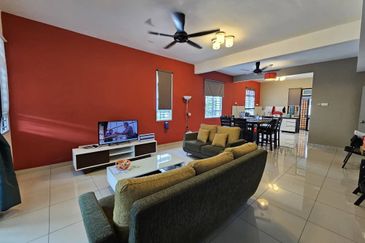
Taman Nusa Sentral
Iskandar Puteri (Nusajaya), Johor
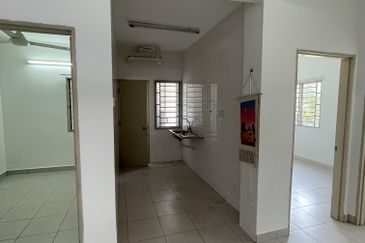
Pangsapuri Akasia, Bandar Botanic
Bandar Botanic/Bandar Bukit Tinggi, Selangor

Bandar Bukit Tinggi
Bandar Botanic/Bandar Bukit Tinggi, Selangor
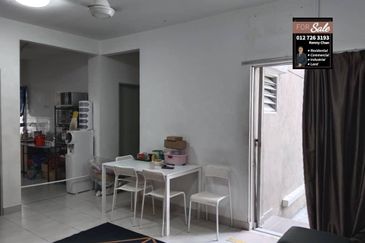
Pangsapuri Akasia, Bandar Botanic
Bandar Botanic/Bandar Bukit Tinggi, Selangor
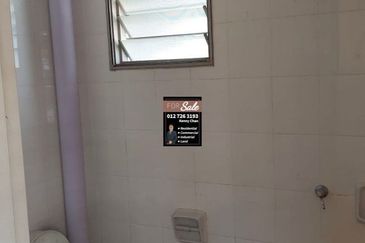
Pangsapuri Akasia, Bandar Botanic
Bandar Botanic/Bandar Bukit Tinggi, Selangor

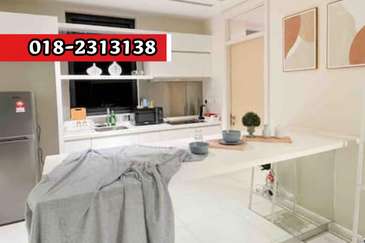
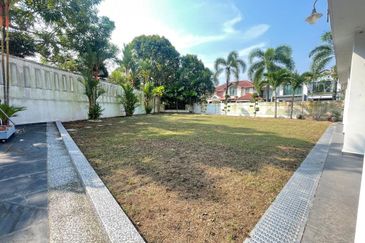
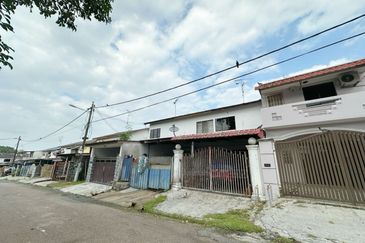
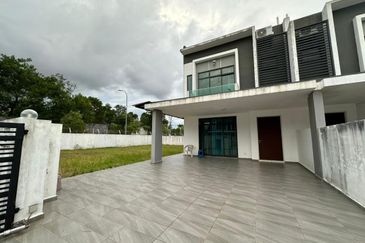
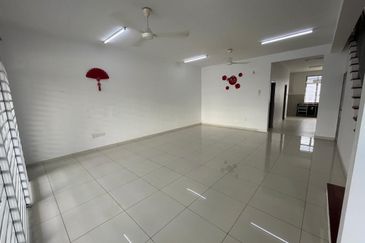
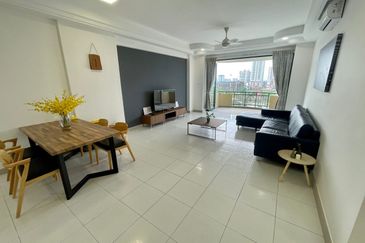
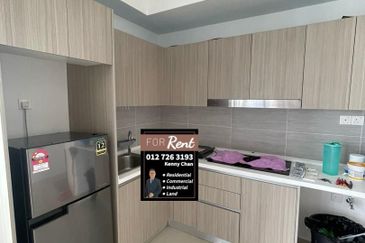
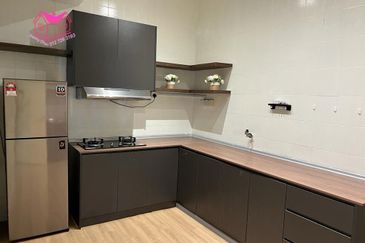
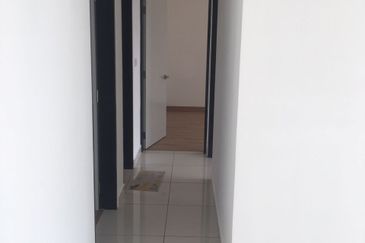
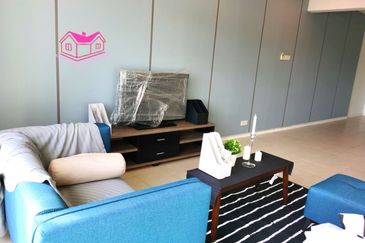
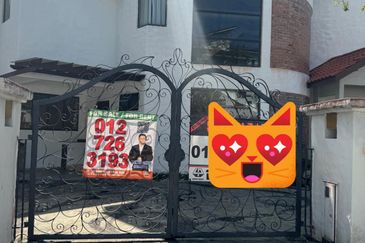
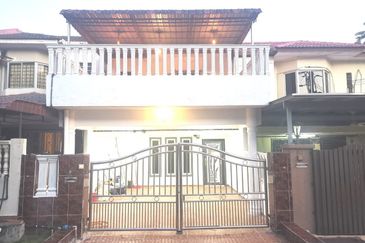
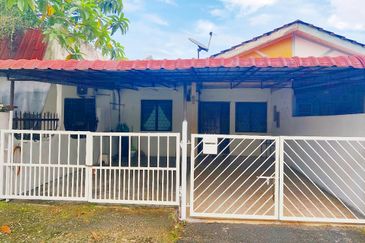
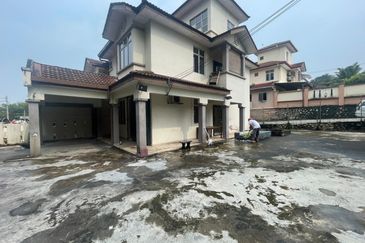
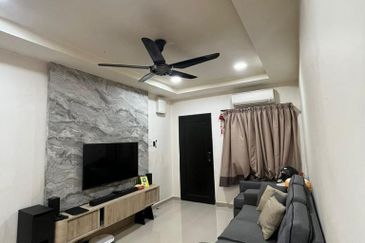
hero.jpg?GPem8xdIFjEDnmfAHjnS.4wbzvW8BrWw)



